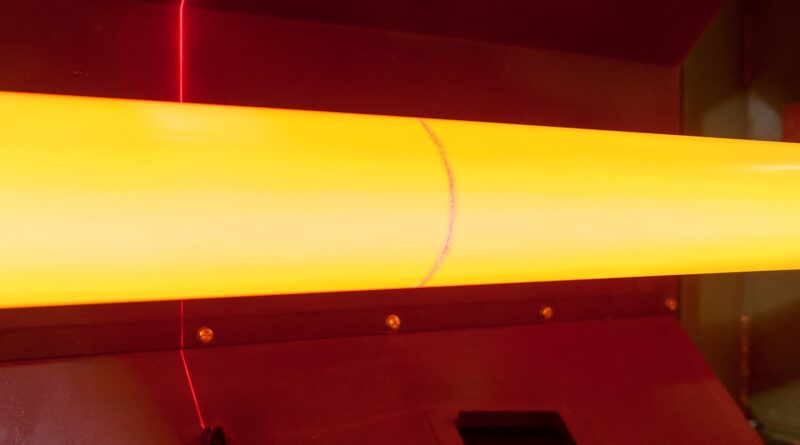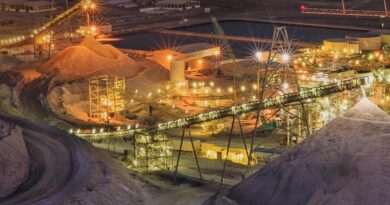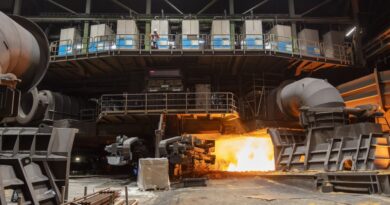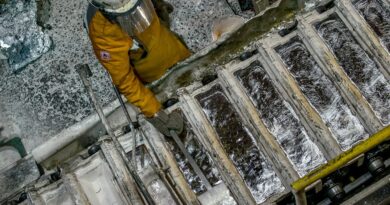The Swedish ecosystem for green steel
The global steel industry is responsible for between 7% and 9% of annual carbon dioxide (CO2) emissions. That alone is enough for the sector to embark on a decarbonisation drive. Add to the mix the primary role that steel will play in the global energy transition and the need for greener solutions only intensifies.
At Wood Mackenzie, we brought together our cross-sectoral expertise in power and renewables, hydrogen and metals and mining to analyse Swedish green steel ventures and their potential to blaze a trail for the industry.
Green steel – will Sweden be the trailblazer?
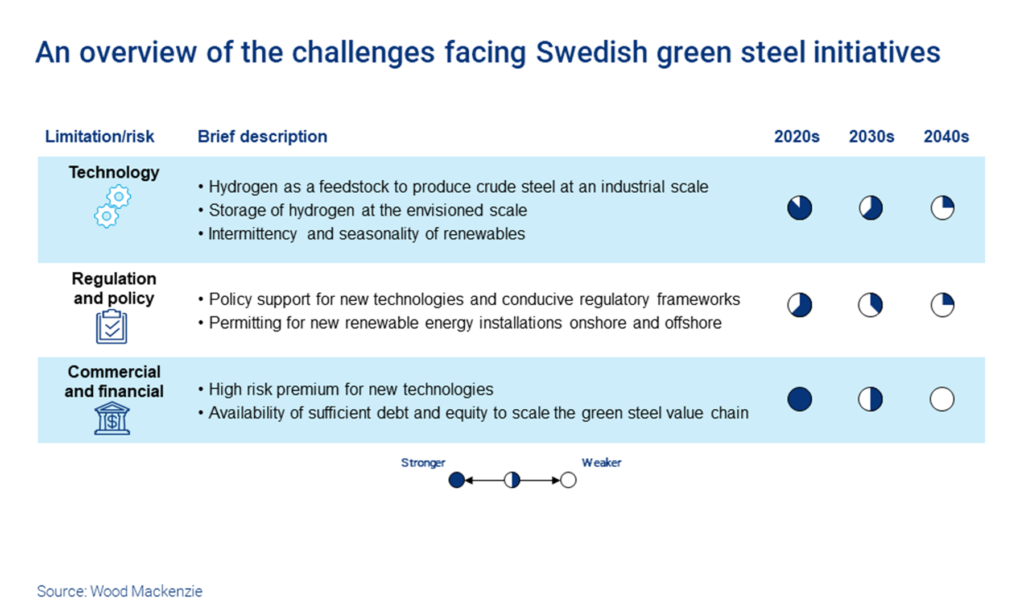
Proactive initiatives and abundant renewables could see Sweden take the lead in the race to decarbonise steel
The global steel industry is responsible for between 7% and 9% of annual carbon dioxide (CO2) emissions. That alone is enough for the sector to embark on a decarbonisation drive. Add to the mix the primary role that steel will play in the global energy transition and the need for greener solutions only intensifies.
Put simply, renewables need fossil-free steel to achieve carbon neutrality. Right now, for instance, steel contributes 65% and 94% of raw material emissions of onshore and offshore wind turbines, respectively. At the same time, renewables are the key enabler for the European steel industry to reach its emissions reduction target of 80-95% by 2050.
The race to decarbonise steel is on – and Sweden looks like a likely contender to take the lead. About 80% of the 28 ‘green’ steel ventures currently active across the continent aim to utilise hydrogen produced from renewable energy as an alternative fuel for steel production, replacing coal-intensive coking. Swedish initiatives stand out for their ambition to decarbonise the value chain from iron ore mining to crude steel.
At Wood Mackenzie brought together its cross-sectoral expertise in power and renewables, hydrogen and metals and mining to analyse Swedish green steel ventures and their potential to blaze a trail for the industry.

